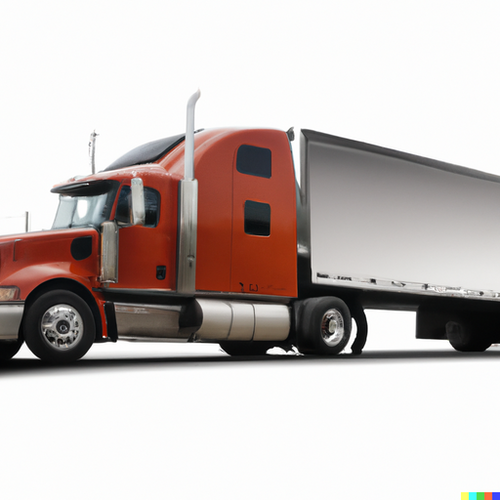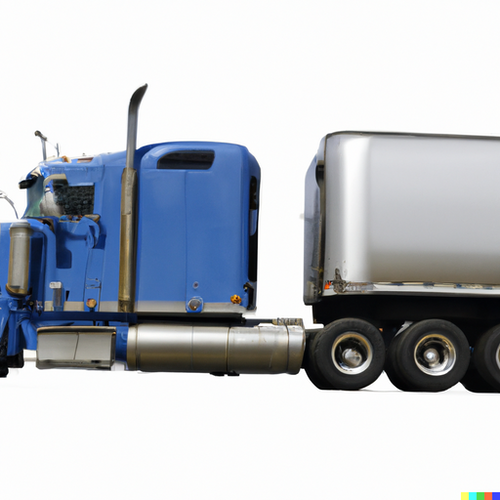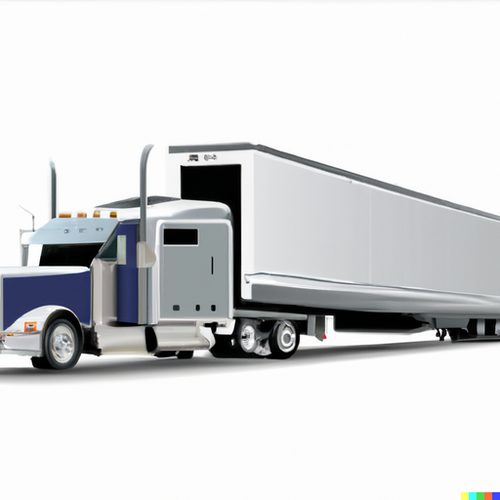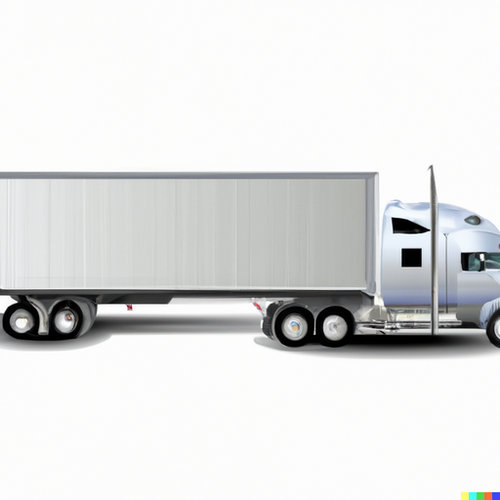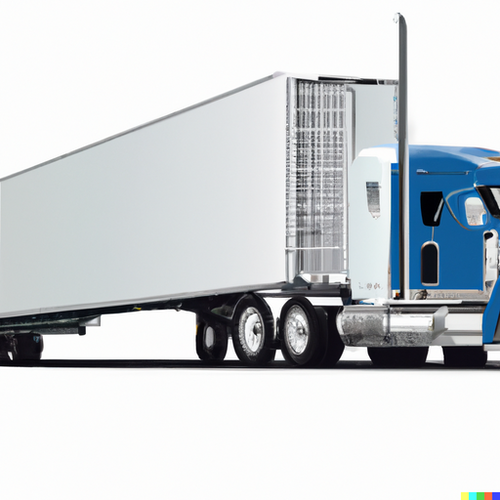Health Issues for Truck Drivers
The impacts of health concerns on road safety
The job of a truck driver is often portrayed as a romantic in popular culture presenting images of the open road freedom, the allure of the horizon. However, beneath this veneer lies a tough job, strewn with health problems that could, directly and indirectly, result in accidents. This article focuses on the complicated relationship between health problems for truck drivers and their effects on road safety.
1. The Sedentary Nature of the Job:
A long time of truck driving are spent sitting down with little physical activity. A sedentary lifestyle can result in a myriad of health problems, which include the cardiovascular disease, obesity and musculoskeletal problems. These issues can make it difficult for a driver to respond quickly in an emergency situation which can increase the chance of an accident.
2. Sleep Disorders
Sleep apnea (a condition in which breathing stops and begins during sleep, is prevalent among truck drivers mostly due to overweight and unhealthy lifestyle choices. This disorder can cause fragmented, non-restorative sleep, leading to daytime drowsiness and decreased alertness, and impaired cognitive function, all of that can affect safe driving.
3. Dietary Challenges
Finding healthy food on the road can be difficult. Many motorists rely on convenience food items or processed snacks that can result in unhealthy nutrition. A diet high in fats, sugar, and unhealthy oils can lead to hypertension, diabetes and other ailments that affect vision, reaction time, and overall cognitive function.
4. Mental Health Concerns:
Truck driving can be lonely particularly if you are spending long days away. This, combined with the fact that you are far from your family could trigger feeling of depression, anxiety and loneliness. Mental disorders can hinder the driver's ability to concentrate, to make decisions or respond effectively to road conditions.
5. Vision Impairments:
Regular health checks may be an option that many truck drivers do not have due to their nomadic existence. Eye problems not properly treated caused by diabetes, old age or other ailments can impact the ability of a driver to see distances and spot dangers.
6. Substance Abuse:
To handle the demands of the job, some truck drivers will resort to drugs, alcohol, or prescription medications. Substance abuse can impair judgment, slow reaction times and cause the state of drowsiness. This can be a risky combination when driving.
7. Chronic Pain and Medication
Chronic pain can be caused by the physical demands of loading and unloading cargo, as well as sitting for a long time. This is especially true for the neck and back. To ease the pain motorists may resort to over-the-counter painkillers or prescription medications, some of which can cause drowsiness, or a decrease in alertness.
8. Stress and Fatigue
Meeting strict delivery times as well as navigating traffic as well as dealing with severe weather conditions can be stressful. Stress over time can lead to fatigue, which reduces the ability of drivers to concentrate and increasing the risk of errors.
9. Lack of Regular Medical Check-ups
With their constant travel the majority of truck drivers fail regular health screenings. It means that potential health problems are not detected and treated at a young stage, which could lead to them growing and potentially impairing driving ability.
10. Solutions and Proactive Measures
Regular health screenings for drivers Trucking companies must facilitate regular health check-ups for drivers so that they can identify and resolve any potential health issues before they become serious.
Dietary interventions: By providing drivers with more nutritious options for meals at truck stops, and by educating them on nutrition, you can encourage better dietary decisions.
Mental Health Assistance - Offering counseling, helplines and support groups for drivers can help drivers overcome the obstacles they encounter in their work.
- Ergonomic Cab Designs: Improving the design of truck cabs' ergonomics can lessen the physical strain placed on drivers, and reduce the chance of developing musculoskeletal problems.
Awareness and Training: Informing drivers about the potential dangers that come with certain health conditions and medications can encourage safer driving habits.
Conclusion:
The road safety is inextricably linked to the health of truckers. These drivers form the foundation of the logistics sector and carry a lot of responsibility. Ensuring their well-being is not just an act of compassion but a vital step towards safer roads for all. Health professionals, trucking companies and policymakers should work together in order to make society aware of this problem.
